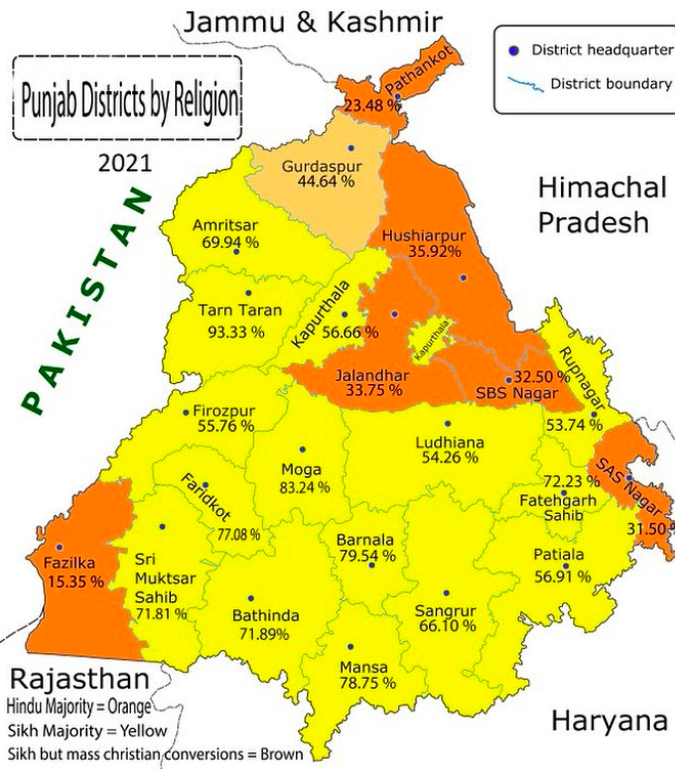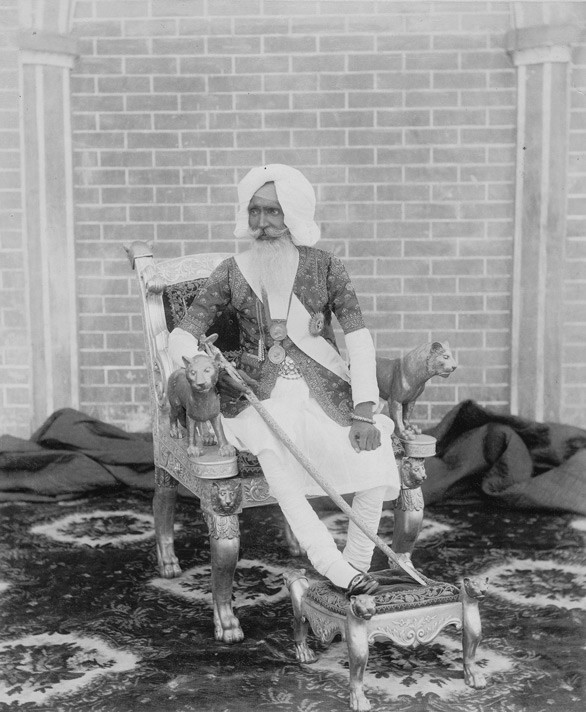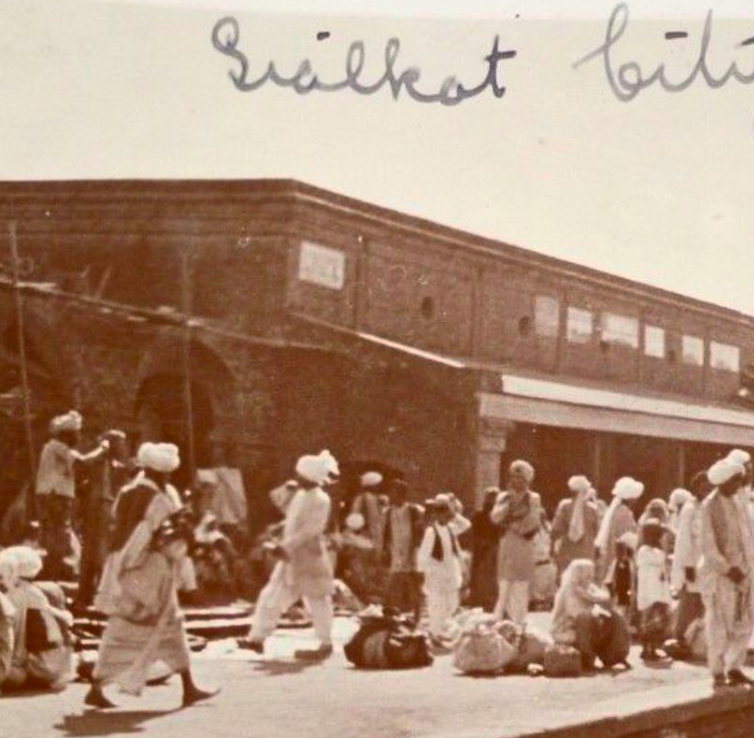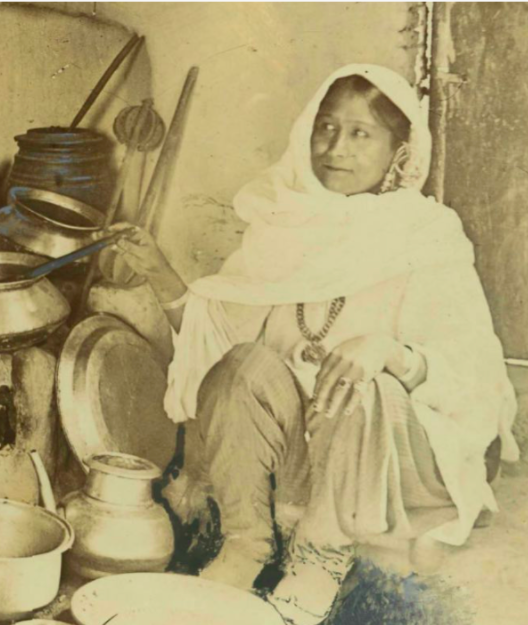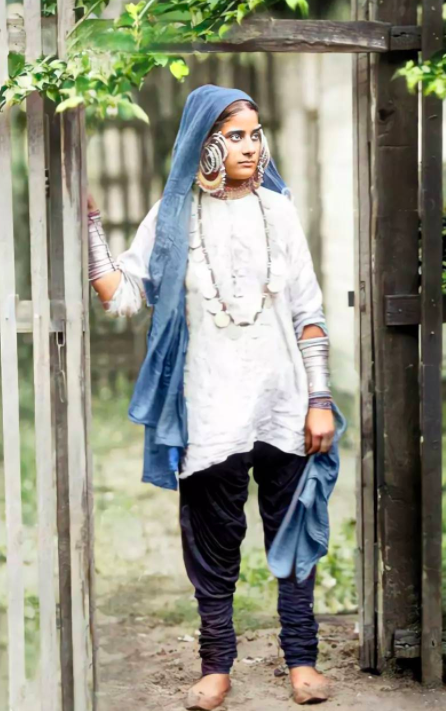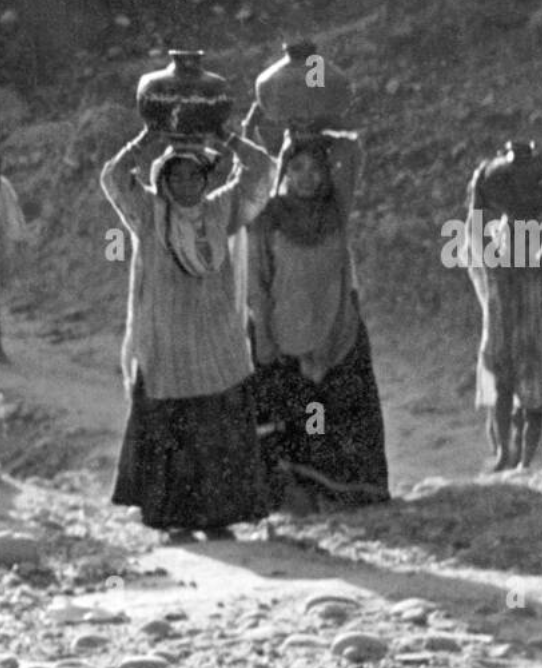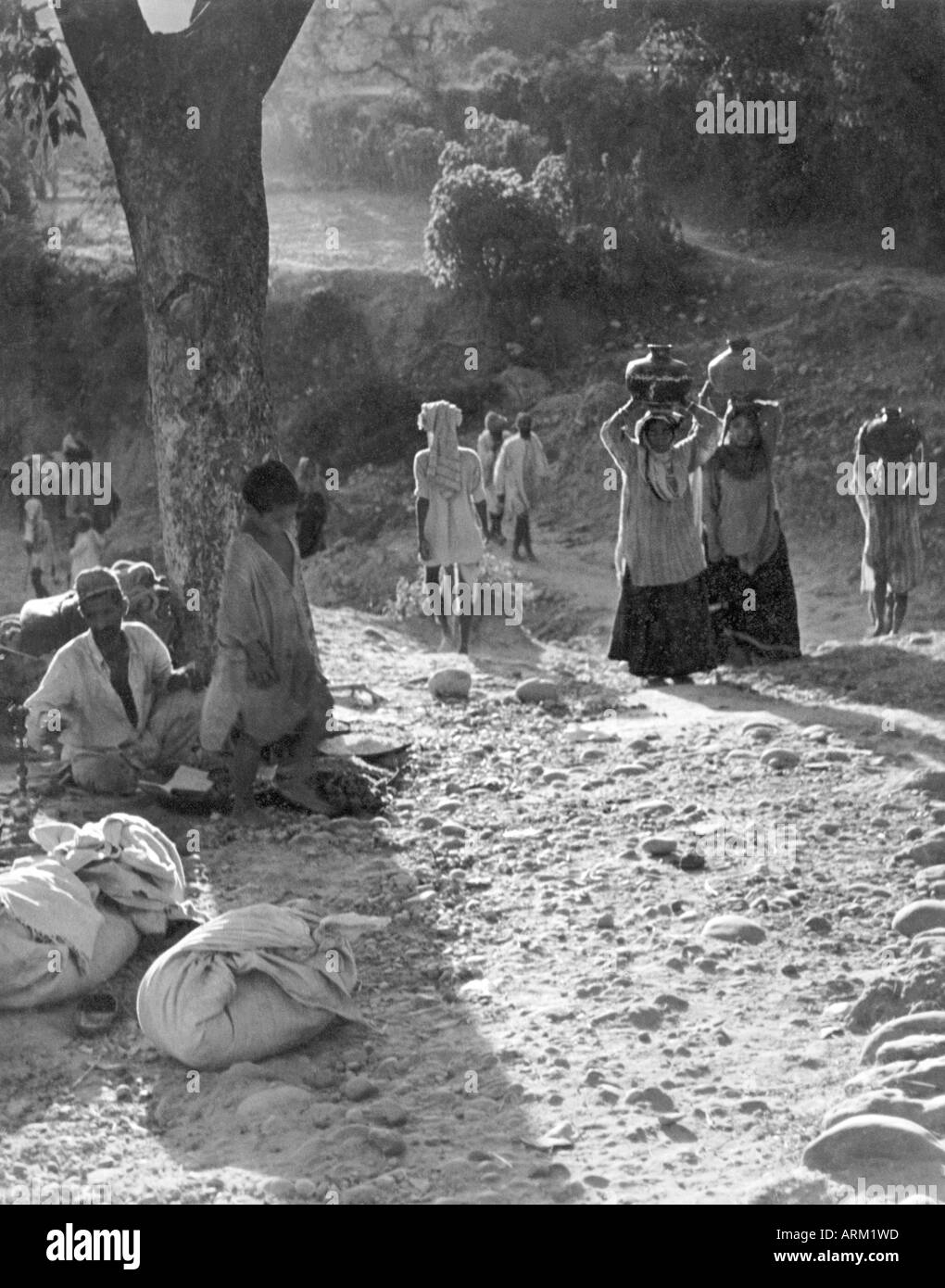
5aaban
Members-
Posts
466 -
Joined
-
Days Won
4
Content Type
Profiles
Calendar
Forums
Everything posted by 5aaban
-
I've read about other Kapurthala kings becoming Christians too but that's debated. Raja Sir Harnam Singh Ahluwalia , KCIE (15 November 1851 – 20 May 1930) was a member of the Kapurthala royal family in the direct line founded by Jassa Singh Ahluwalia. A converted Christian, he was the first president of the All India Conference of Indian Christians, which played an important role in the Indian independence movement, advocating for self-rule and opposing the partition of India.
-
Didn’t some Kapurthala king also marry white women? And some say they became Christians. I read a Patiala Maharaja did and she had to convert to Sikhi before.
-
They are a mixed bag. Most are fairly traditional. So you would rarely hear of a women engaging in things like drinking although the men like to drink. Shisha/Hooka culture in Australia isn't popular so its rare for a Sikh to engage in that. Bhangra culture is coming here but not as much as Canada or the USA.
-
Panjabi music now is limited to artists getting caught in preplanned controversies every other day. Swearing has become so normalised in Panjabi music because of rap/hip-hop. UK Panjabi music also contributed to popularising these new genres in Panjab. Young people in Panjab are so obsessed with singers, they even swear at each other over them.
-
There hasn’t been a recent census so no, it’s most likely from 2011.
-
Map showing majority religion in each district. The numbers are percentage of Sikhs. Yellow are Sikh, Orange are Hindus.
-
Panjab religion (Sikh total 57.69%, declined from 59.9% in a decade) Tarn Taran; 93.33% Moga: 82.24% Barnala: 78.54% Mansa: 77.75% Faridkot: 76.08% Fatehgarh Sahib: 71.23% Bathinda: 70.89% Muktsar: 70.81% Amritsar: 68.94% Sangrur: 65.10% Patiala: 55.91% Kapurthala: 55.66% Firozpur: 53.76% Ludhiana: 53.26% Rupnagar: 52.74% Mohali: 48.15% Gurdaspur: 43.64% Hoshiarpur: 33.92% Jalandhar: 32.75% Nawanshehar: 31.50% Other religions Christians: Gurdaspur+Pathankot (7.68%), Amritsar (2.18%) Hinduism: Nawanshehar (65.55%), Jalandhar (63.56%), Hoshiarpur (63.07%) Islam: Sangrur (Malerkotla tehsil now district 10.82%), Mohali (2.96%) Panjab literacy rate: 75.84% (likely grown now) Most literate region: Doaba Hoshiarpur: 84.59% Mohali: 83.80% Jalandhar: 82.48% Ludhiana: 82.20% Rupnagar: 82.19% Gurdaspur: 79.95% Shaheed Bhagat Singh Nagar: 79.78% Fatehgarh Sahib: 79.35% Kapurthala: 79.07% Amritsar: 76.27% Patiala: 75.28% Moga: 70.68% Faridkot: 69.55% Firozpur: 68.92% Bathinda: 68.28% Sangrur: 67.99% Barnala: 67.82% Tarn Taran: 67.81% Muktsar: 65.81% Mansa: 61.83%
-
Here's an interesting story. An affluent Sikh Zaildar of Pakistan Panjab had two marriages. His first wife was a Sikh and second wife was a Muslim, children from both marriages had Sikh names (assuming they followed Sikhi). During the partition, the Sikh wife and her Sikh children moved to east Panjab (Hoshiarpur). The Muslim wife insisted her children from the marriage stay and become Muslims. The three children from the Muslim wife were converted to Islam and their Sikh names were changed. So now half of their family is in India and half in Pakistan.
-
Sexual grooming of vulnerable people and Sexual Assaults watch
5aaban replied to Premi5's topic in POLITICS | LIFESTYLE
https://www.9news.com.au/national/fake-uber-driver-jailed-after-sexually-assaulting-teenage-girl-in-melbourne/78d2227d-781b-4408-83aa-729ed78f1882?ocid=Social-9NewsS Fake Uber driver jailed after sexually assaulting teenage girl in Melbourne A fake Uber driver who sexually assaulted a 17-year-old girl after tricking her into his car has been jailed. Faizan Abdullah, 29, pleaded guilty to sexual assault and possessing child abuse material. Magistrate Donna Bakos described his offending as "brazen" and sentenced him to 15 months behind bars. In February last year, the security guard spotted a teenage girl waiting for an Uber. The court heard Abdulluh lured the teenage girl into his car by pretending to be her driver then erratically drove her to a dimly lit factory to sexually assault her. The victim's lawyer said Abdullah held his forearm against the teen's chest to hold her against a fence. Abdullah's victim told the court she struggled through her final year of school because of the assault, withdrawing from friends and family. "I still find myself asking 'why?', maybe if I wasn't wearing a dress or if I was careful enough," the young woman said in her victim impact statement. "When I see a man in the street with some similarities to this man I feel so scared." Abdullah showed no remorse today and tried to blame the year 12 student for leading him on. Appearing from Marngoneet Correctional Centre via video link, Abdullah sat upright in his chair. When his victim spoke of how the attack had impacted her life, he appeared unfazed. Bakos said a 15-month jail term was appropriate as "members of the public have the right to feel safe". Abdullah could be released from custody in days after already serving 475 days in pre-sentence detention. The Pakistani national now faces deportation and has been placed on the sex offenders register. -
I find current Panjabi music cringe, especially pop and rap. The overuse of autotune, disgusting videos promoting materialism, alcoholism and smoking. The rented cars and random brands makes it even worse.
-
https://www.hindustantimes.com/world-news/sikh-community-faces-existential-crisis-in-pakistan-101654007355224.html Sikh community faces 'existential crisis' in Pakistan In a brutal incident on May 15 recently, two Sikh traders--Kuljeet and Ranjit Singh- - were murdered on the outskirts of Peshawar, Khyber Pakhtunkhwa (KP) province, Asian Lite International reported. According to Pakistan Sikh Gurdwara Prabandhak Committee, there are just 15,000-20,000 Sikhs estimated to be left in Pakistan of which some 500 Sikh households are in Peshawar. Published on May 31, 2022 08:06 PM IST Islamic outfits have made an unlivable environment for religious minorities in Pakistan through targeted killings, abductions and forced conversions. Attacks on Sikhs have become a regular affair in the country and it has triggered tension among communities. In a brutal incident on May 15 recently, two Sikh traders--Kuljeet and Ranjit Singh- - were murdered on the outskirts of Peshawar, Khyber Pakhtunkhwa (KP) province, Asian Lite International reported. This was the 'twelfth' such incident since 2014 when Sikhs were targeted by extremists in KP province alone. Moreover, in September last year, Satnam Singh, a Sikh Unani medicine practitioner was shot down inside his clinic in Peshawar, the report added, citing the local community. The Islamic State Khorasan (IS-K) took the responsibility for the attack. The Human Rights Commission of Pakistan also strongly condemned the murders and said in a statement, "This is not the first time that the Sikh community in KP has been targeted and we demand that the KP police identify and arrest the perpetrators promptly." The Sikh population in Pakistan is in a vulnerable state and has seen a massive decline in the last two decades amid rising cases of forced conversions and targeted attacks by the Islamic outfits because of their unique religious identifications and their population accumulation in unsafe areas of KP. World Sikh Organization of Canada (WSO) also condemned the Peshawar killings and expressed deep concerns for the safety of Pakistan's Sikh community. In their statement, the WSO stated that Sikhs in Pakistan are "feeling vulnerable and unsafe." Moreover, "they do not know if they will return home safely, if they go out." Most of the Sikhs in KP come from a financially weak background and run small grocery shops or work as Hakeems. Migrating to a safer place is becoming a compulsion for them as Pakistan does not guarantee their security in the region anymore, Asian Lite said. According to Pakistan Sikh Gurdwara Prabandhak Committee, there are just 15,000-20,000 Sikhs estimated to be left in Pakistan of which some 500 Sikh households are in Peshawar. In January 2020, a violent mob attacked one of the holiest Sikh shrines, Nankana Sahib Gurudwara, in Punjab province, and the horrific attack terrorized Sikhs across Pakistan because it made them realize that Punjab was not safe anymore. Amid the growing demands of imposing 'Sharia Law' in the country and the constant ascent in atrocities against Sikh minorities has shrunk space for them to survive in Pakistan, growing disenchantment among minority communities in Pakistan, especially among Sikhs, who thought that they could co-exist peacefully along with majority Muslims. Pakistan is witnessing a new wave of terrorism with several incidents of target killings of Sikh and Shia minorities reported in the Peshawar region in recent years. The previous governments in Pakistan abandoned the execution of the National Action Plan (NAP) which was meant to be put in place to carry out a crackdown on terrorism giving rise to horrific incidents taking place against minorities in the nation. Religious minorities in Pakistan are often treated as 'second-class' citizens, Asian Lite International reported.
-
I didn't even know it was the Queen's jubilee until a news website posted about it yesterday. I don't think many Aussies are aware about it either.
-
-
-
My sixth sense wasn't wrong!
-
I have a feeling there will be some Bhangra routines coming out for this occasion.
-
Yes that was the time when it became popular among the masses. You're correct, pretty much everyone wore a chadara.
-
Most men wore a Chadara especially in rural areas but there was a churidaar style Pajama around (though not popular). Sometimes in summers, men in rural areas just wrapped a large white sheet around the top half instead of wearing a Kurta (which was worn in winter). Some men also viewed it as "foolish" to wear a Pajama and the term was used as an insult. What one wore also depended on their community and region in Panjab. I think Pajama was introduced way before the 70s, more likely in the 30s or 40s. Sialkot city in the early 20th century. Some men can be seen wearing a pajama-like garment. Maharaja Hira Singh of Nabha in 1890s wearing a Churidaar style Pajama. I saw a few photos of men around Amritsar wearing this style too in the early 1900s.
-
Back in the days, women of Panjab wore either a Suthan style trouser (which could be loose or tight), a Ghagra or a Tehmat/Dhoti (mainly west Panjab). They wore a Kurti, which was shorter than the modern Kameez and if you go a bit back, some could be seen wearing a Choli too. Suthan style trousers eventually evolved into the modern salwar during the 1900s. Typical dress of a Panjabi women from Amritsar 1875. The Suthan looked like this. These photos range from the the 1870s to early 1900s. The Ghagra was worn over trousers when heading outside, mainly by Sikh and Hindu women. The Dhoti or Tehmat was mainly worn by Muslim Panjabi women from a certain area of west Panjab as Sikh women preferred a Ghagra.
-
People mainly Bhappas using Kartarpur corridor for shopping
5aaban replied to proactive's topic in WHAT'S HAPPENING?
- -
People mainly Bhappas using Kartarpur corridor for shopping
5aaban replied to proactive's topic in WHAT'S HAPPENING?
Why do these Pak Youtube channels covering Sikh pilgrims make their titles so weird? They have to emphasise theres a "girl" even though men are with them too. They should write pilgrim to be respectful? Kartarpur Bazar | Indian Sikh Girl Praising Pakistan | Indian Sikh Females in Pakistan | Sikh Yatri Kartarpur Corridor | Indian Sikh Girl Praising Pakistan with friend at Gurdwara Kartarpur Pakistan -
People mainly Bhappas using Kartarpur corridor for shopping
5aaban replied to proactive's topic in WHAT'S HAPPENING?
- -
-
Sexual grooming of vulnerable people and Sexual Assaults watch
5aaban replied to Premi5's topic in POLITICS | LIFESTYLE
Yes it would've been pretty bad then too. I'm just adding on social media since it's is a big big factor now. -
Sexual grooming of vulnerable people and Sexual Assaults watch
5aaban replied to Premi5's topic in POLITICS | LIFESTYLE
Films and social media "influencer" culture definitely has an impact on how goreh or westerners in general act when they approach a certain age. The industry has influenced young females into dressing twice their age to be accepted in society as "normal". -
Sexual grooming of vulnerable people and Sexual Assaults watch
5aaban replied to Premi5's topic in POLITICS | LIFESTYLE
Sad to see Sikhs getting caught up in this behaviour. I know some secular minded Sikhs who think having anakh is unprogressive and deny the Sikh perspective on family-life just because it doesn't align with what society has normalised now.

